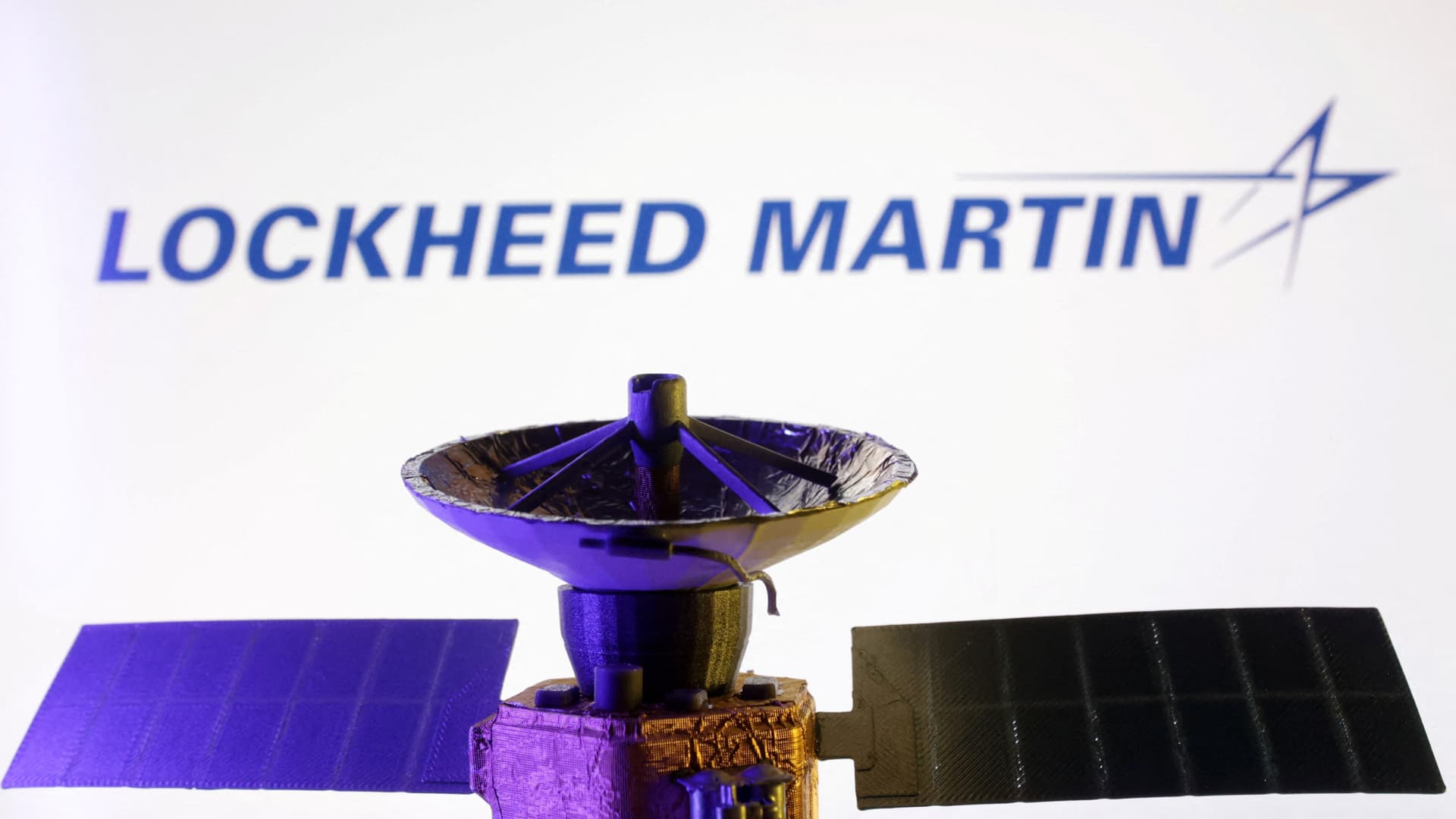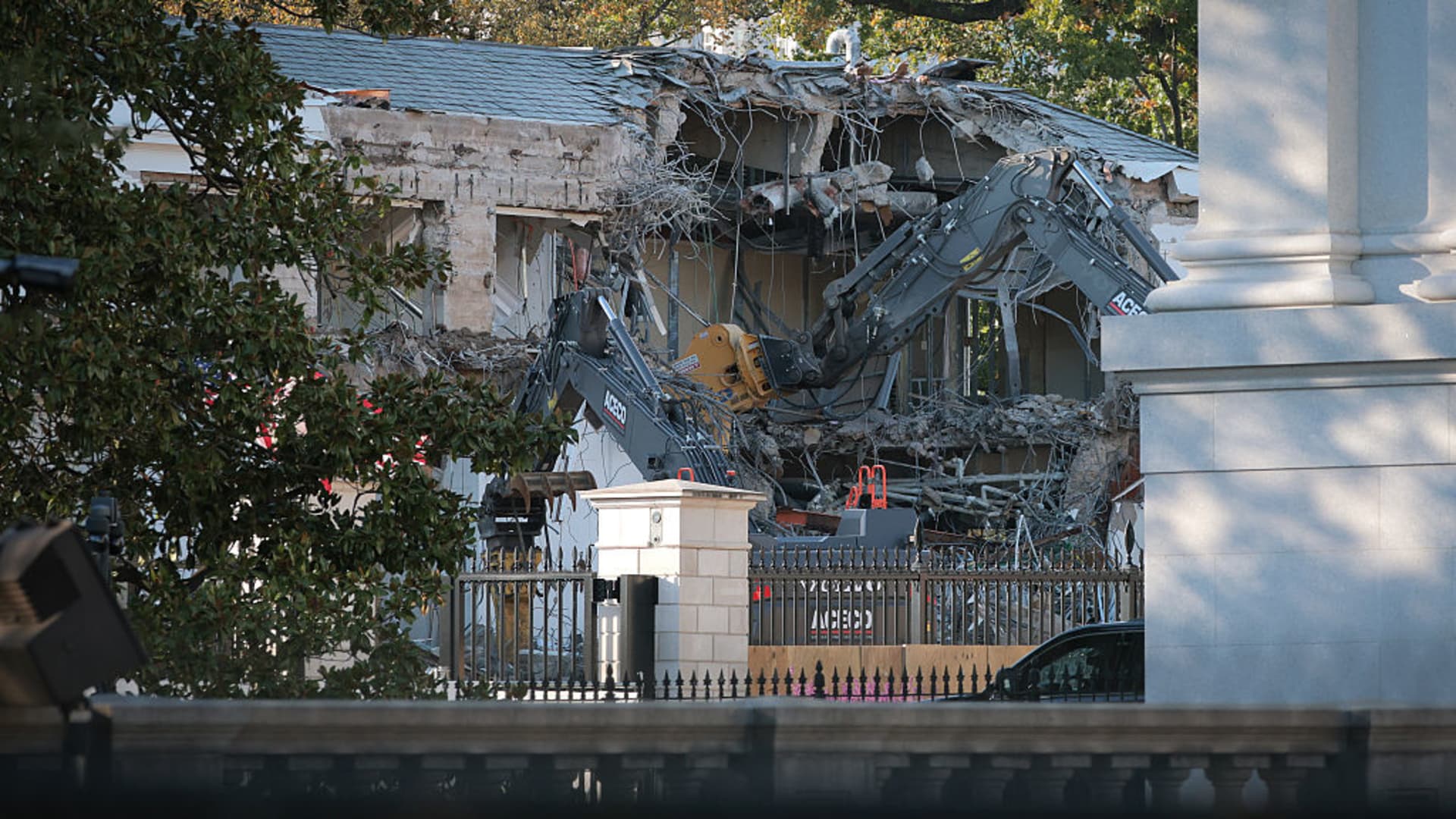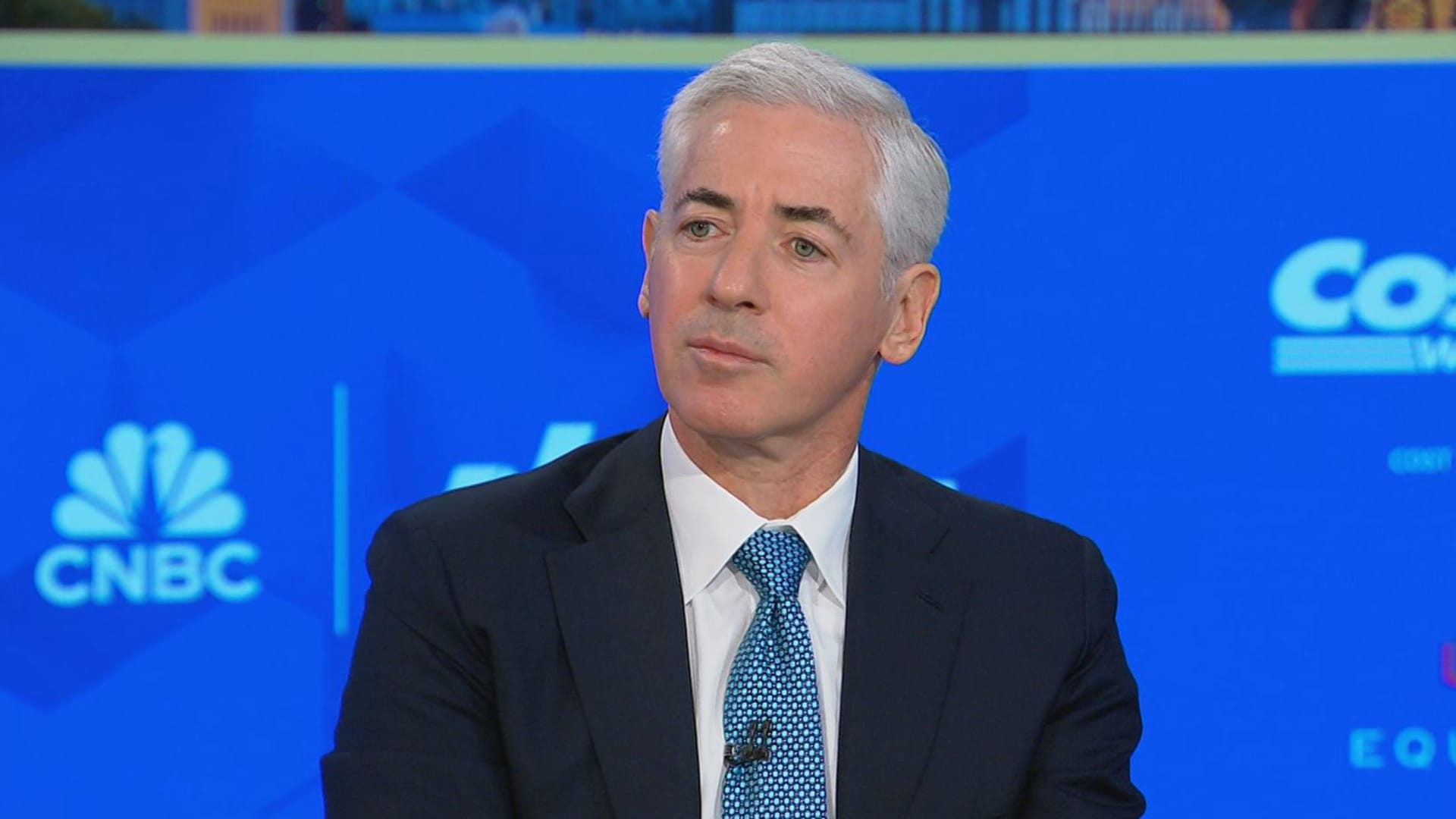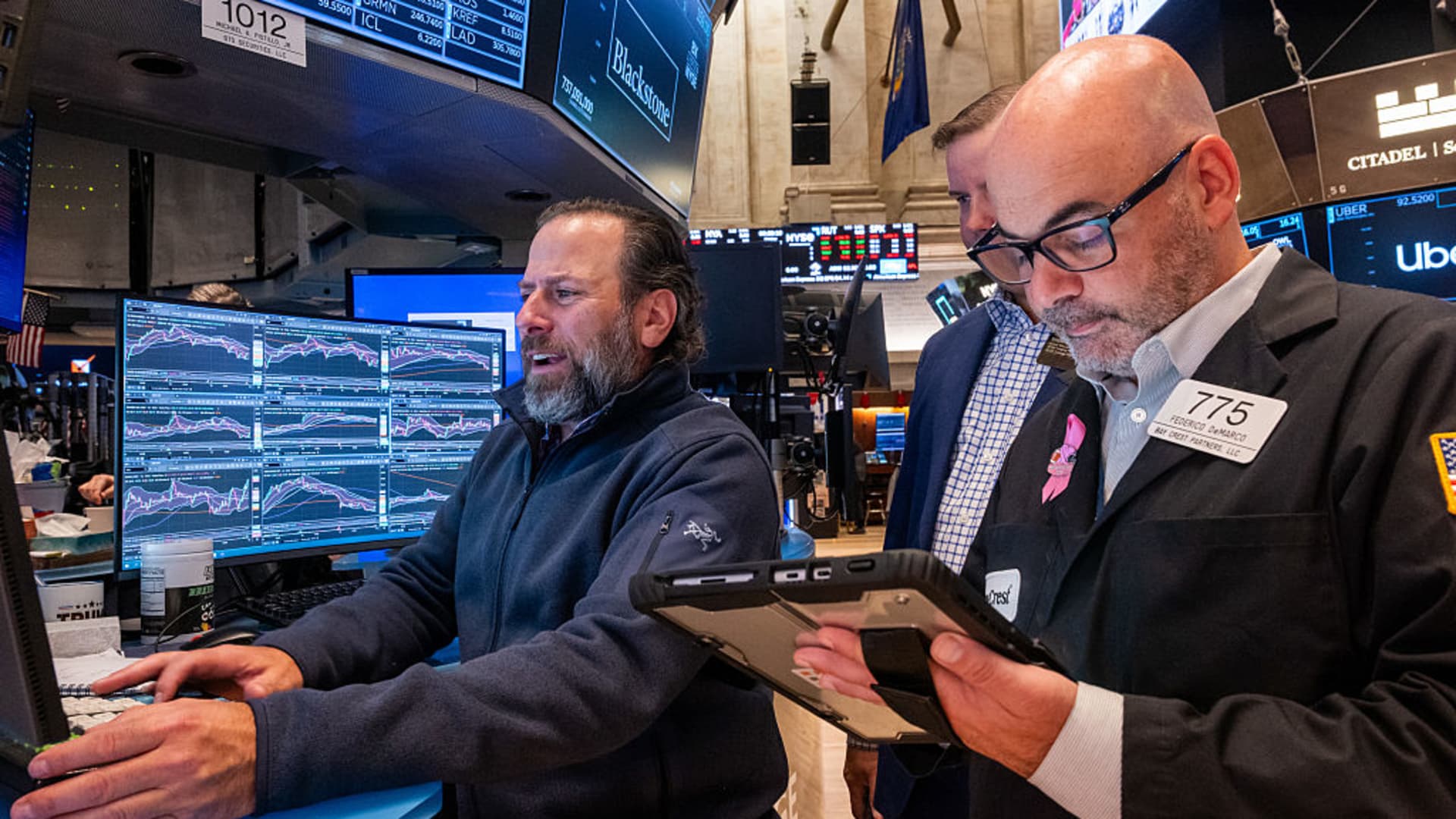GE Aerospace, Northrop Grumman, RTX and Lockheed Martin each beat third-quarter Wall Street profit estimates, with only Northrop missing revenue estimates, based on a survey of analysts by LSEG.
GE, which is both a defense supplier and a major engine maker for Boeing and Airbus commercial planes, raised its full-year adjusted revenue growth outlook from “mid-teens” to “high-teens” and its free cash flow forecast from a range of between $6.5 billion and $6.9 billion to a range of $7.1 billion to $7.3 billion.
The company said quarterly defense deliveries were up 83% from last year and deliveries of its LEAP engines, used to power aircraft like the Boeing 737 Max and Airbus A321neo, hit a record, up 40% year over year.
Its $11.31 billion in adjusted revenue for the third quarter topped Wall Street’s $10.41 billion estimate. The company’s stock is up more than 80% year to date.
RTX shares were up about 9% in morning trading after the major defense contractor, whose businesses make products like commercial airplane cabin interiors and engines, raised its full-year adjusted earnings outlook from a range of $5.80 to $5.95 to a range of $6.10 to $6.20.
It also hiked its adjusted sales guidance from a range of $84.75 billion to $85.5 billion to a range of $86.5 billion to $87 billion.
The company cited its ability to weather the impact of tariffs and other macroeconomic uncertainty as positive signals for its growth. In July, the company estimated a $500 million hit related to tariff costs and slashed its guidance.
On Tuesday, RTX posted positive growth in its aerospace and defense units, with a 12% rise in total revenue to $22.48 billion in the third quarter.
“We remain focused on executing on our $251 billion backlog and increasing our output to support the ramp across critical programs, while investing in next-generation products and services that meet the needs of our customers,” CEO Chris Calio said in a statement.
Northrop Grumman reported similar growth. The company posted earnings of $7.67 per share, well above the Wall Street estimate of $6.46 per share, according to LSEG. Northrop’s sales increased 4% year over year, while sales within its defense systems division surged 14%.
Though the company missed Wall Street’s revenue estimate, it raised its guidance for full-year adjusted earnings per share by 65 cents to a range of $25.65 to $26.05.
“As a result of this performance and our positive outlook for the remainder of the year, we are once again increasing our 2025 EPS guidance,” Northrop CEO Kathy Warden said in an earnings release. “I am excited about our continued progress in responding with urgency to our customers’ needs.”
Lockheed Martin, the final of the four stocks to report Tuesday morning, also beat analyst expectations for the quarter ended Sept. 30. The defense contractor reported earnings of $6.95 per share on revenues of $18.61 billion, beating Wall Street’s estimates of $6.36 per share and $18.56 billion, respectively.
CEO Jim Taiclet said the company is seeing “unprecedented demand” among customers both in the U.S. and across the world, leading Lockheed to increase its production capacity “significantly” across the company’s various divisions.
Lockheed boosted the low end of its full-year sales outlook and now expects revenue between $74.25 billion and $74.75 billion. It also hiked its earnings forecast from a range of $21.70 to $22 to a range of $22.15 to $22.35.
“We are investing aggressively in both new digital technologies and physical production capacity needed to meet the top defense priorities of the United States and its allies — and we are doing so in partnership with a number of leading technology partners, large and small,” Taiclet said in a statement.
He added that the U.S. Golden Dome project will be a major driver in growth as it begins construction. The project is estimated to cost roughly $175 billion, with an initial $25 billion already set aside in next year’s defense funding package.
The U.S. has increased its defense spending over the past year. For fiscal 2024, the Biden-Harris administration requested a budget of $842 billion for the Department of Defense, marking $100 billion more than fiscal year 2022 — though final allocations from Congress can differ from those figures.
For 2025, the Biden-Harris administration requested a budget of $849.8 billion. The government’s priorities for the budget included meeting the threat of countries like Russia, Iran and North Korea.















Leave a Reply